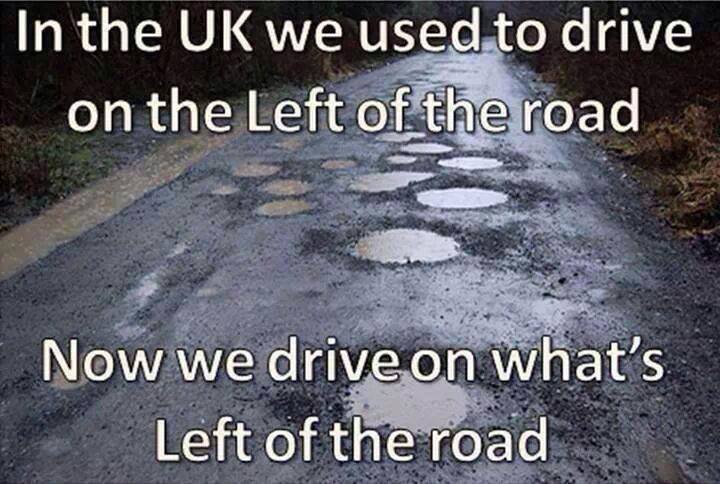Many of you are all too aware of what damage a pothole can do to your car. For those who have not had this experience or are good at dodging them, here is a short list of things that can go wrong:
Suspension – damaged or needs replacing
Body Work – damaged, normally the front lip as the car dips down
Tyres – Split or gouges taken out normally resulting in new tyres
Wheels – Scraped, particularly on nice shiny alloys
Most people have experienced these common problems but just excuse them. The fact is that it will cost you hundreds of pounds on resale value at best and a lot more if you have serious damage.
Potholes normally appear in winter due to the adverse weather. Snow and ice are a real trouble maker as they cause splits in the tarmac, which allows the water in which inevitably freezes again and that’s what causes a really big deep hole. Of course the constant digging up of our roads with substandard patching helps the water get into the roads and so the roads just don’t last as long as they were built for. According to Asphalt Industry Alliance (AIA) a road should last approximately 40 years but I would be surprised if they last a quarter of that. The cost of poor roads is £4.1 billion in lost business, wasted staff time, production delays and damage repairs. A shocking figure, especially considering the state of the UK economy at the moment.
So what can we do to avoid damage to our vehicles? The simple answer is, slow down and look for potholes. Don’t try to drive over them as you will not be able to see how deep they are or how sharp the edges are.
Whilst there are not any magic solutions we can help by reporting potholes to the local council or county council depending who’s responsible, 90% of UK roads are owned and run by local councils so that would be your best port of call to start. What you can do is make a claim against the council for damage to your vehicle. The process to follow if you suffer from damage is,
1) Gather evidence – take pictures of the damage and the pothole. Draw a diagram of the road especially if there is more than 1 pothole.
2) Ask your local council for information on road repairs especially that particular road. Quote the Freedom of Information Act. You should get back a report of safety inspections and repairs. At this point I wouldn’t mention your claim. Use email if you can as it will speed up the process but send it to an individual so you know they get it.
3) Make your claim write a detailed letter or email reporting the damage and location of the pothole, using your pictures etc but also include quotes for the damage. Be as specific as possible.
4) If you claim gets rejected don’t be deterred as most councils will try to reject the claim under section 58 of the Highways Act. This is a standard reaction to defend themselves on the basis that they have taken reasonable measures to ensure such problems are found and dealt with. This is where your details on what inspections have taken place and when. If you can prove that regular inspections have not taken place or it differs from recommended standards for highway maintenance then you have a case. More details on the recommended standards can be found at www.roadscodes.org.
5) Be ready to negotiate
Good Luck!
If you would like details on adverse weather driver training or skid pan training take a look at www.apass4u.co.uk as they can organise an intensive driving course for these subjects.
If you have any experiences or questions please leave a comment.


